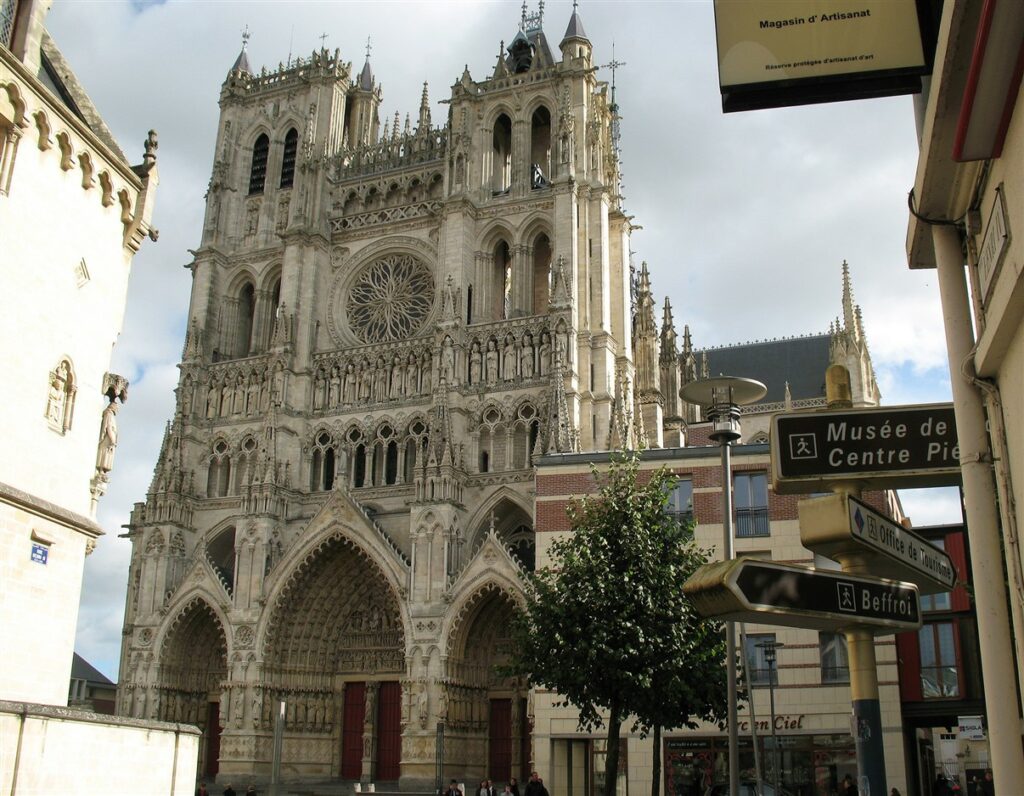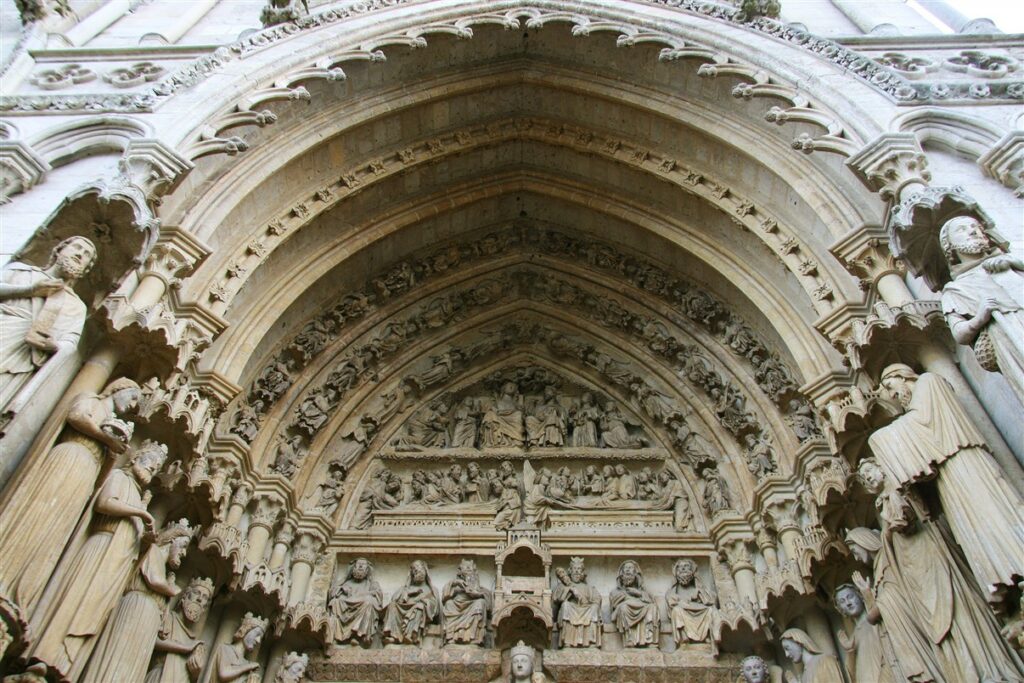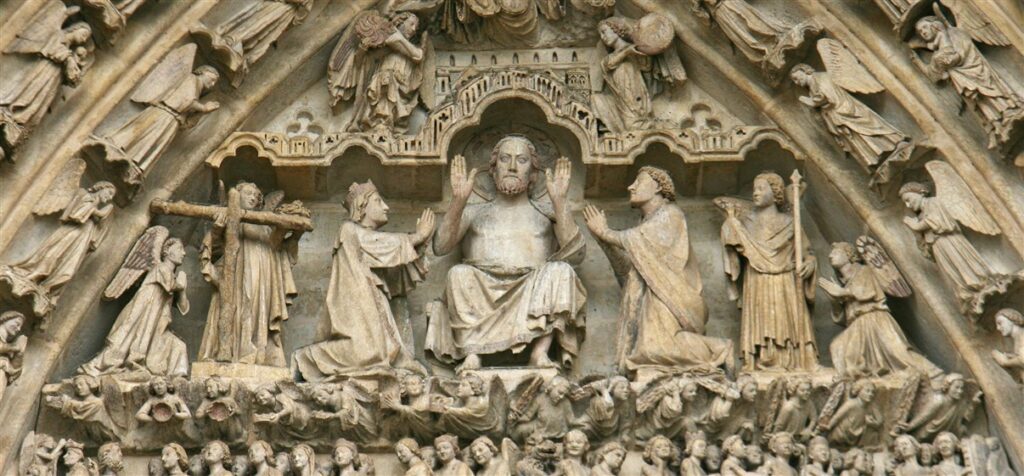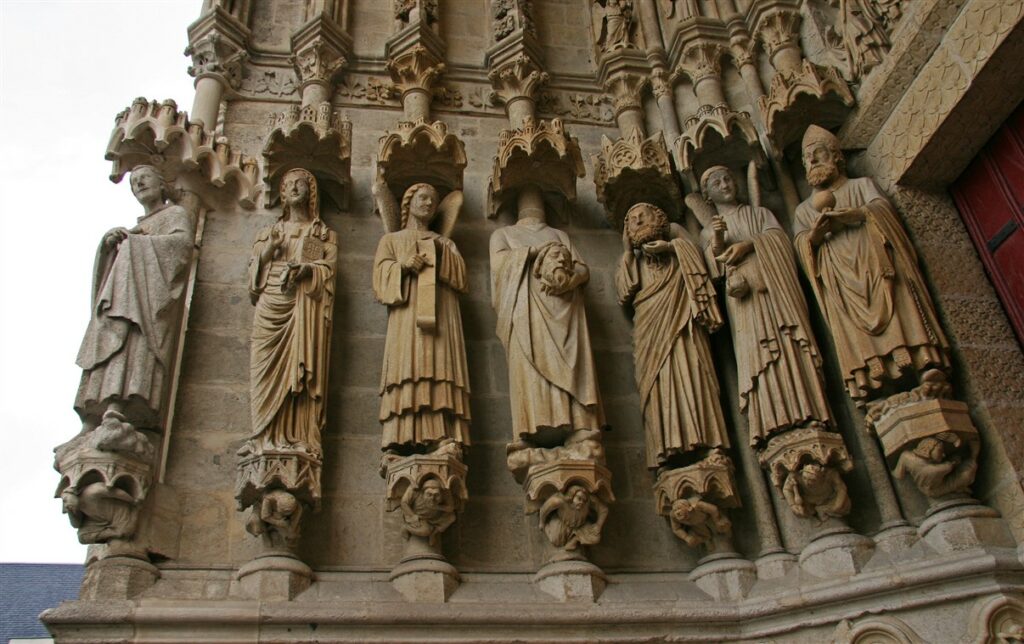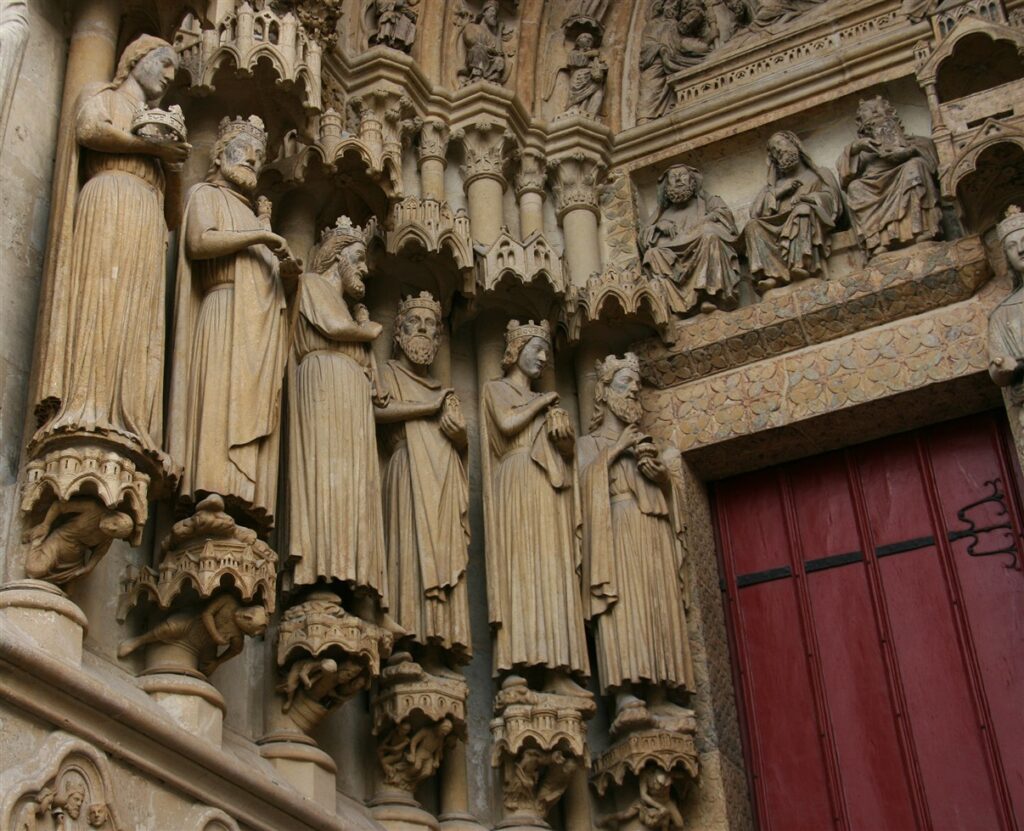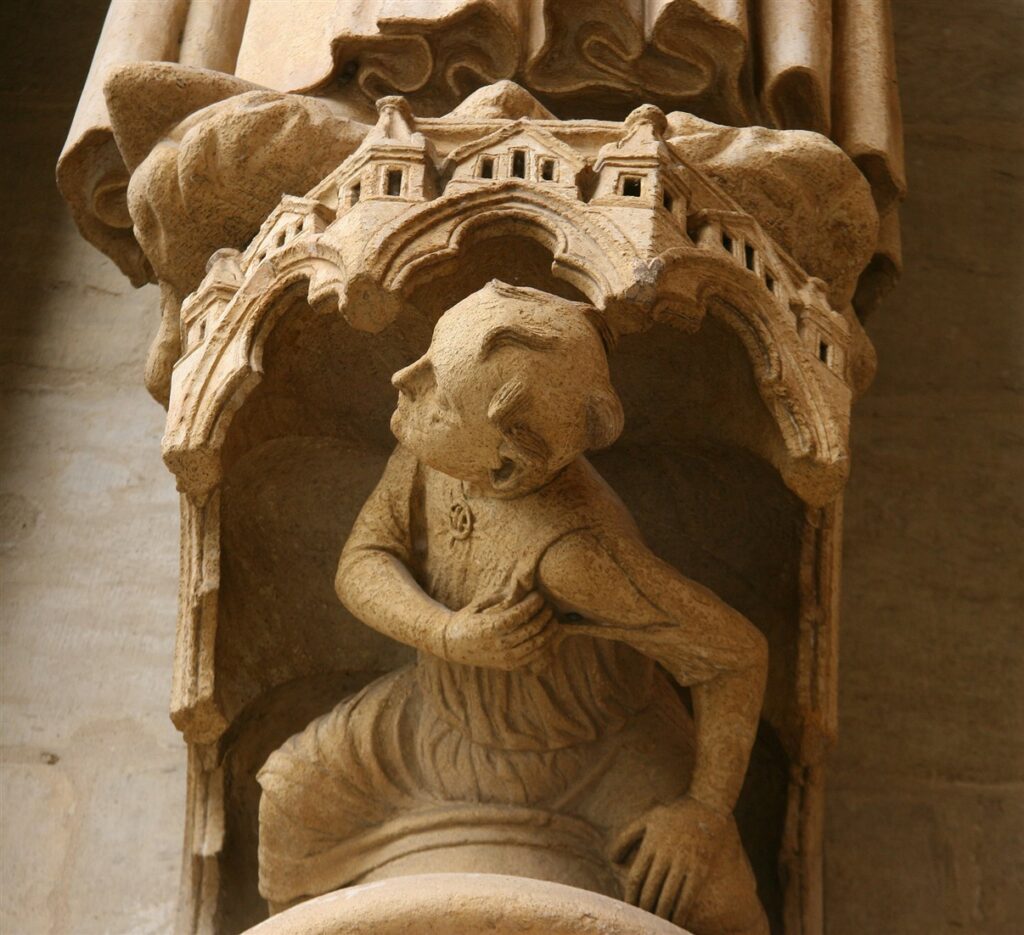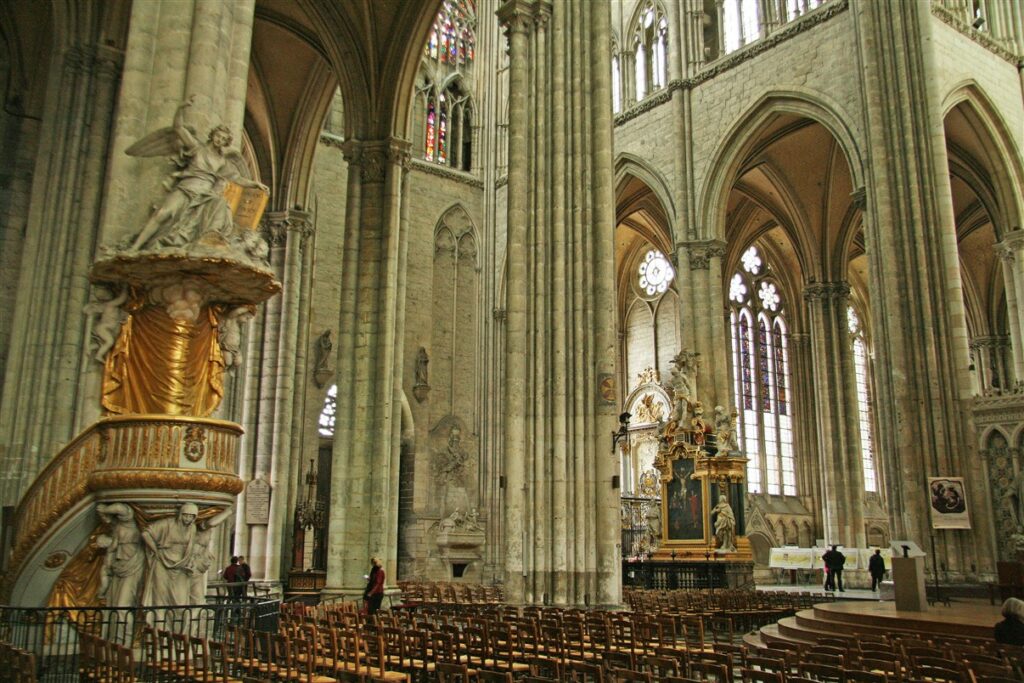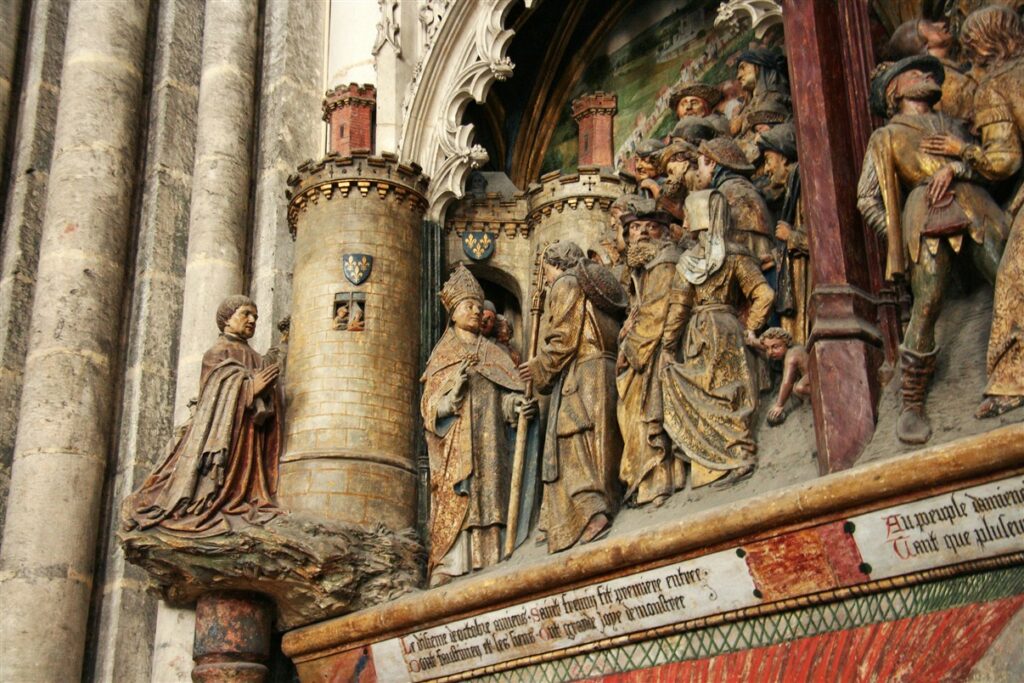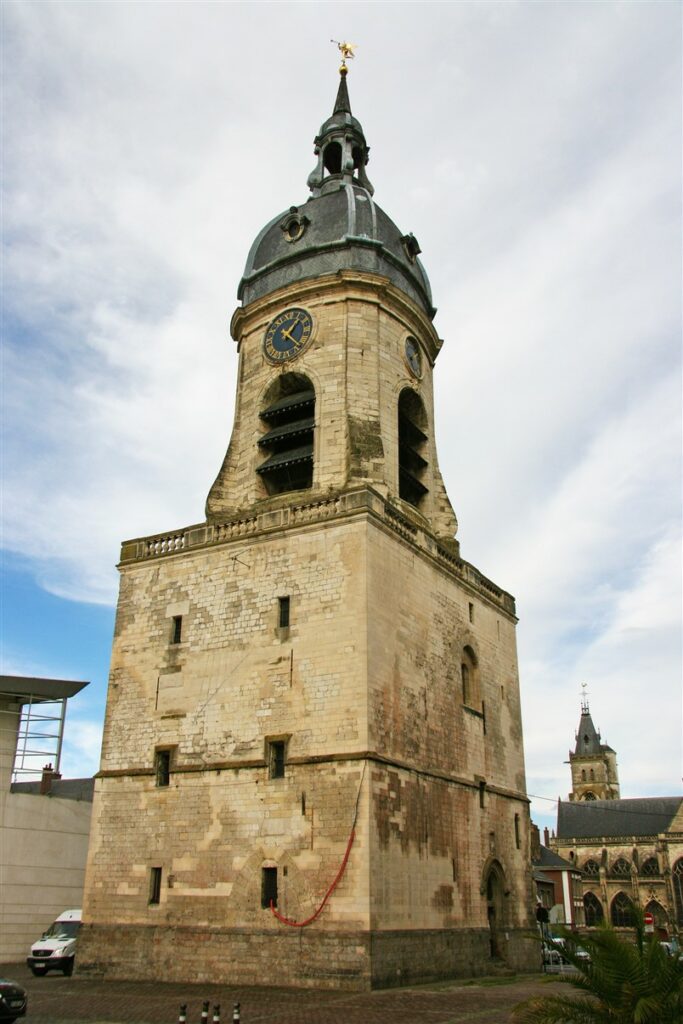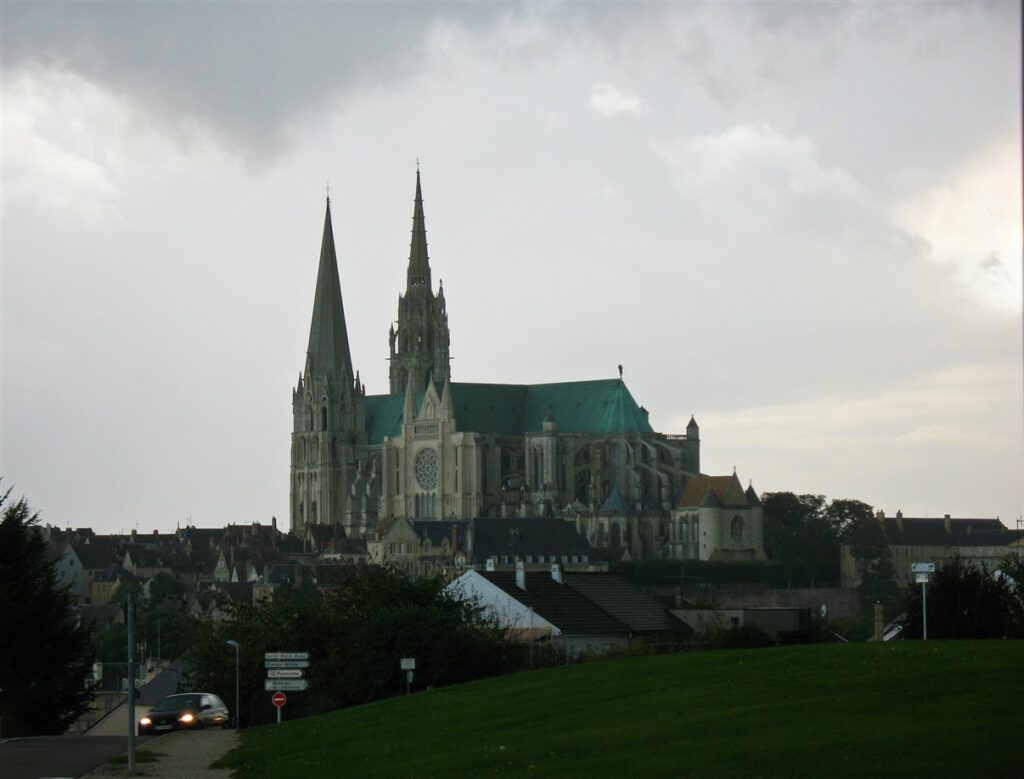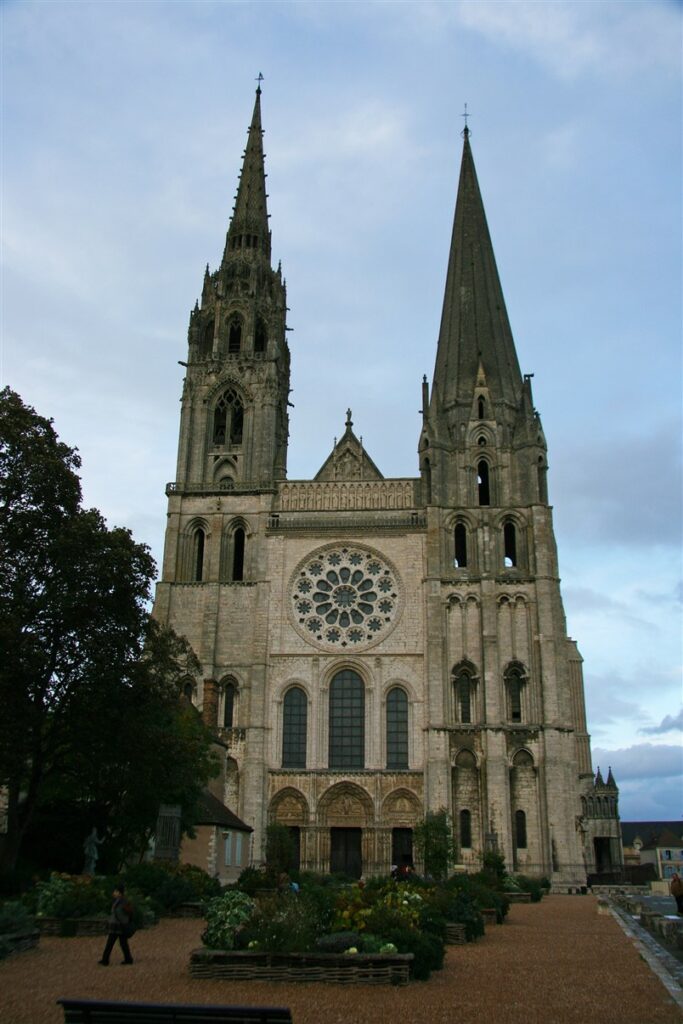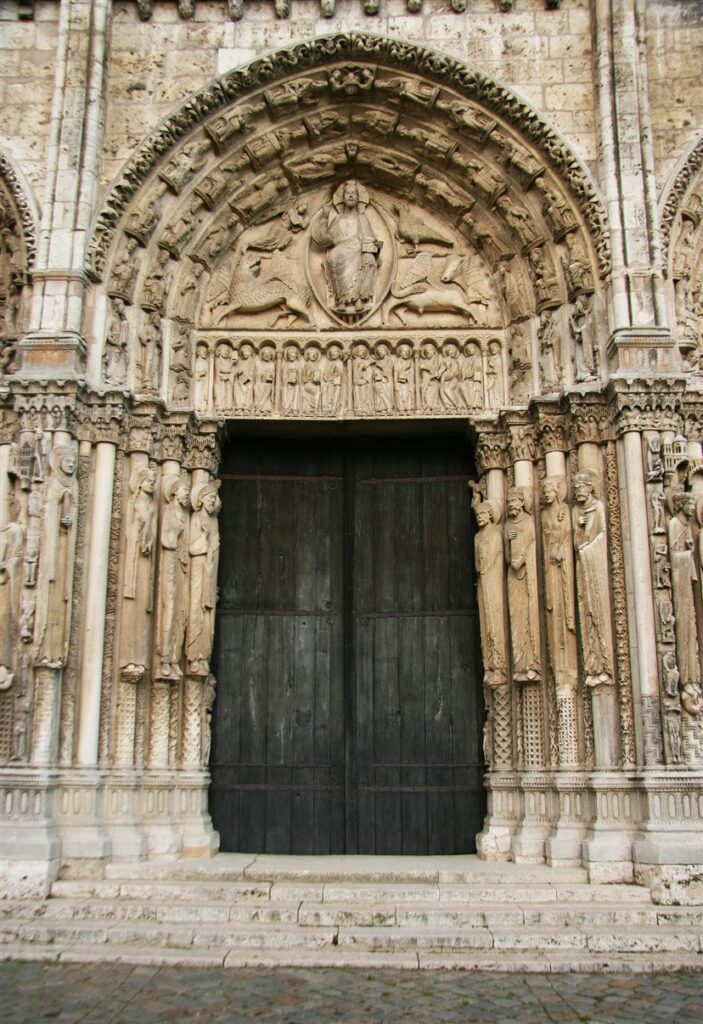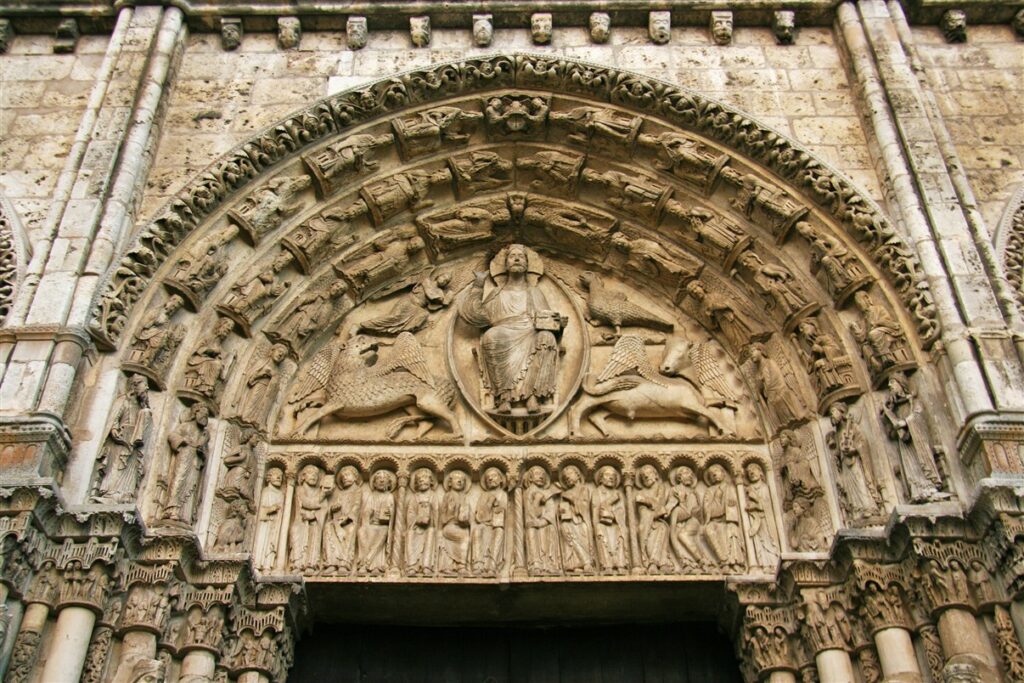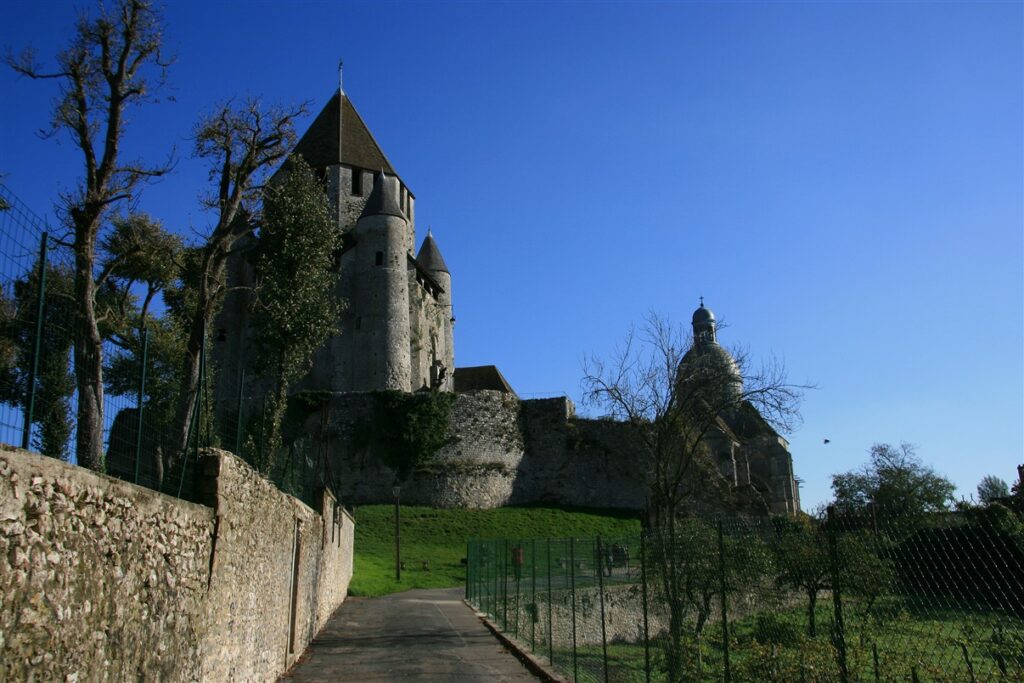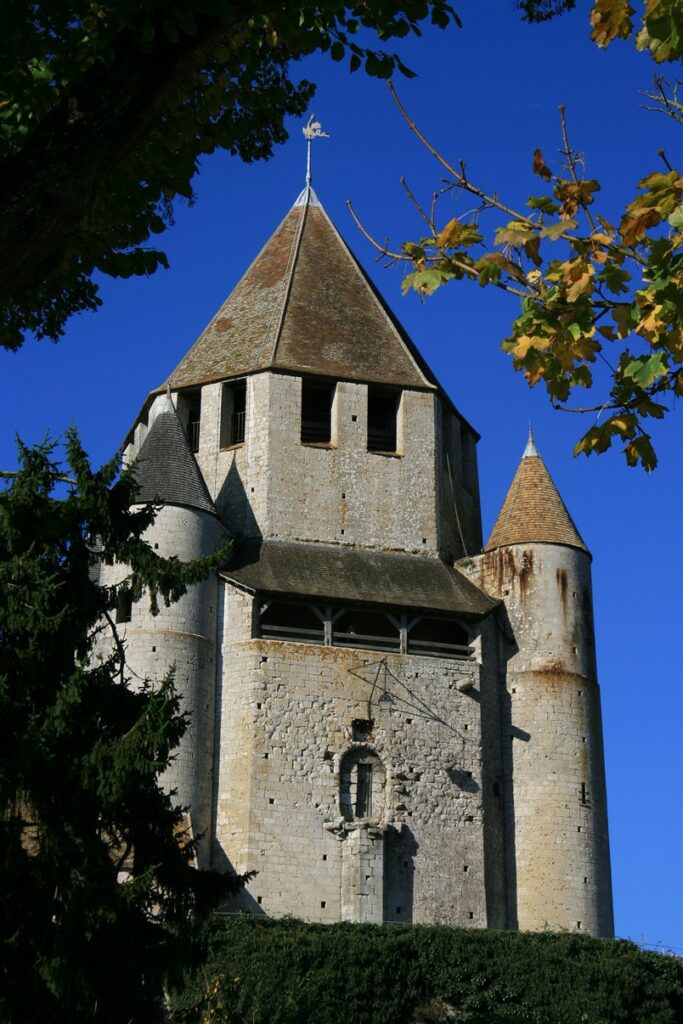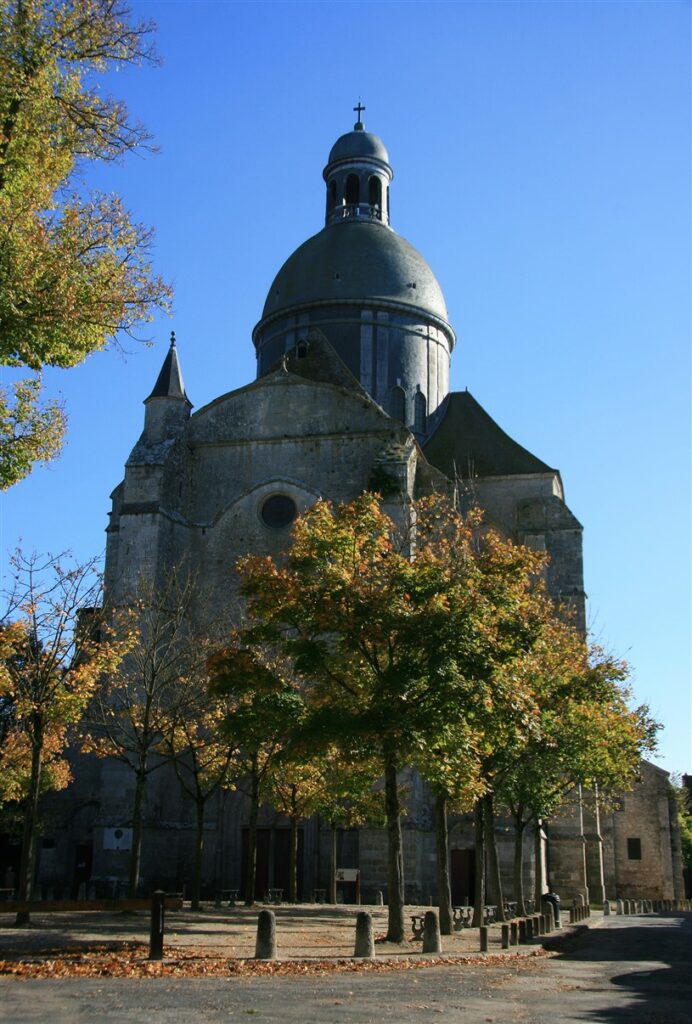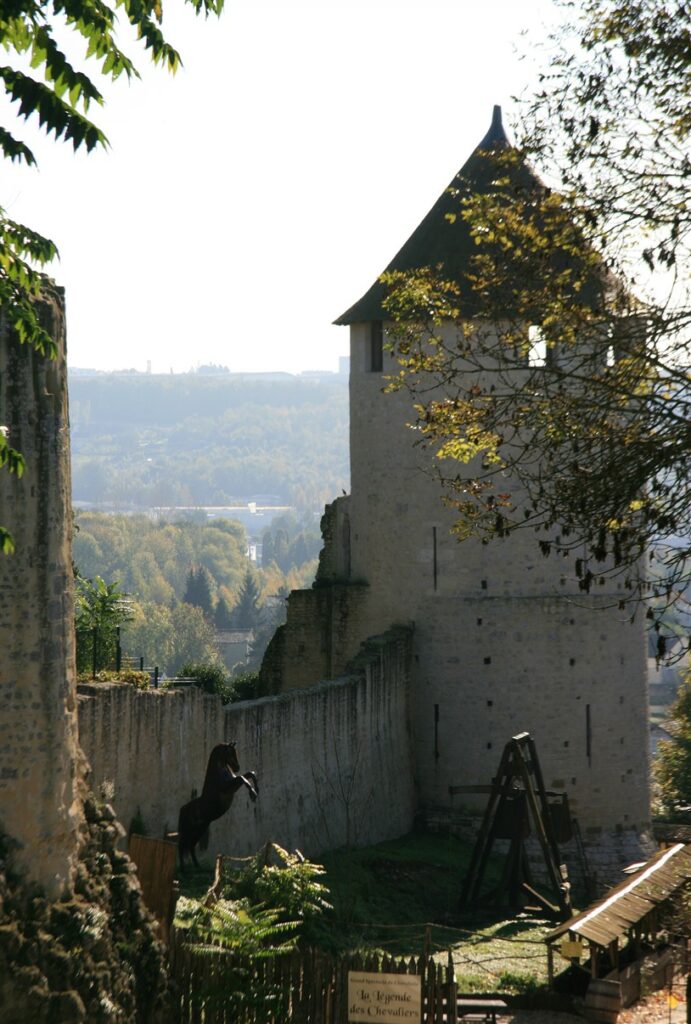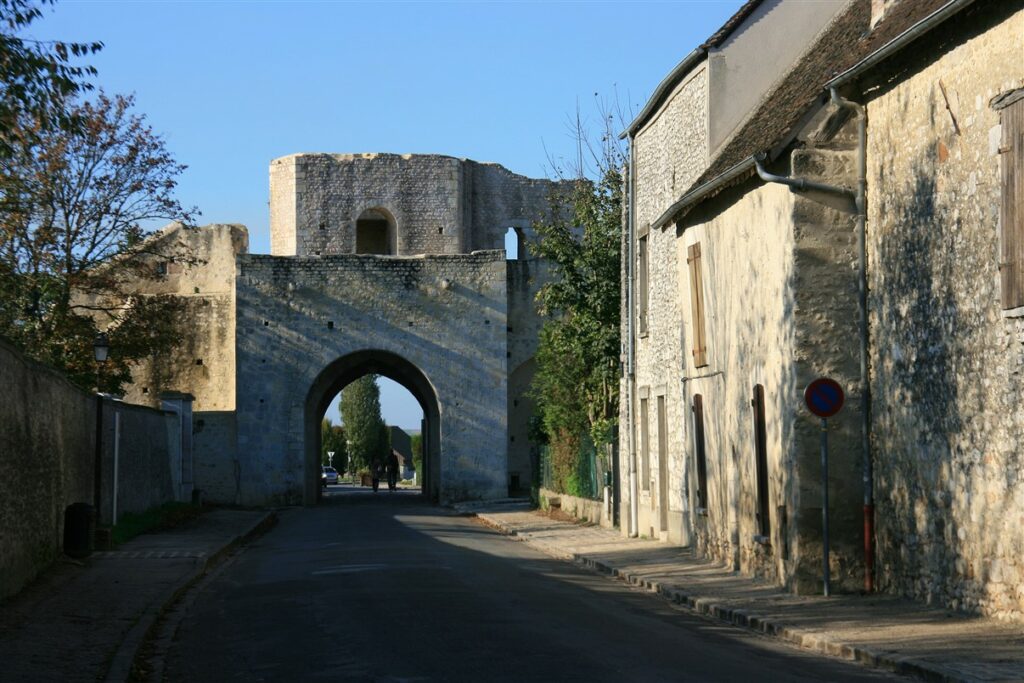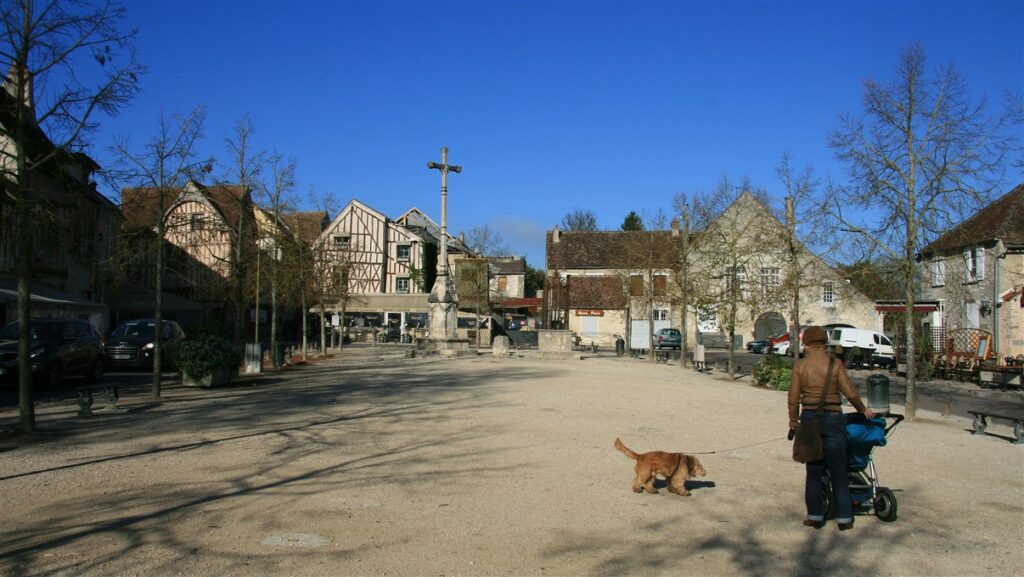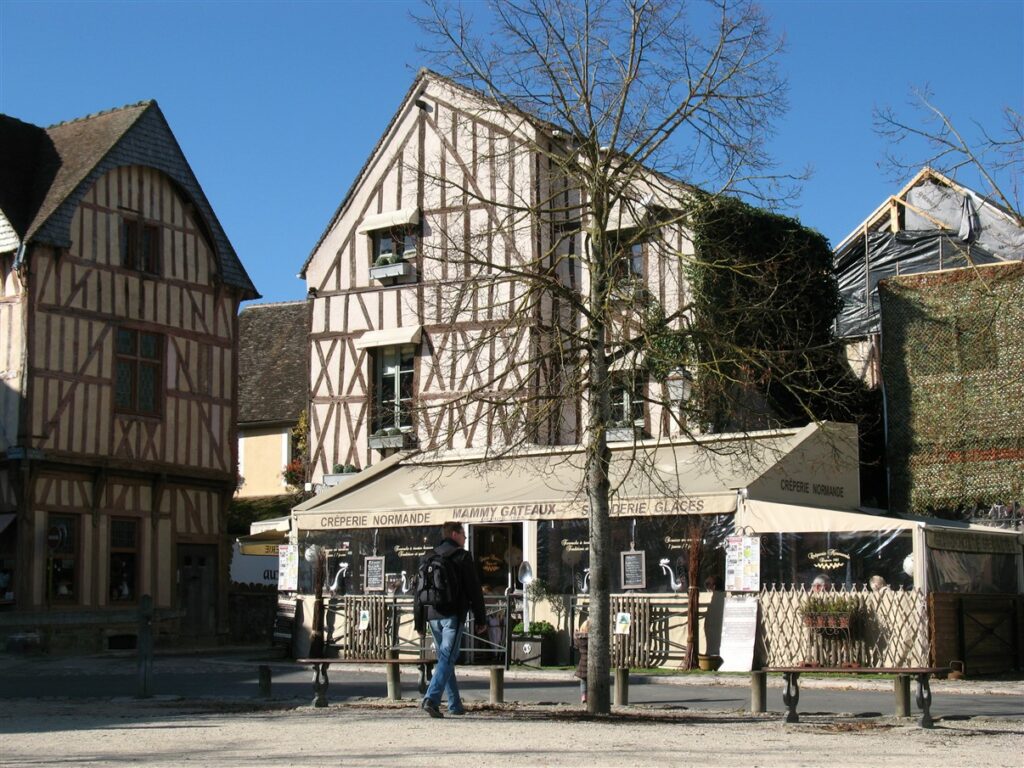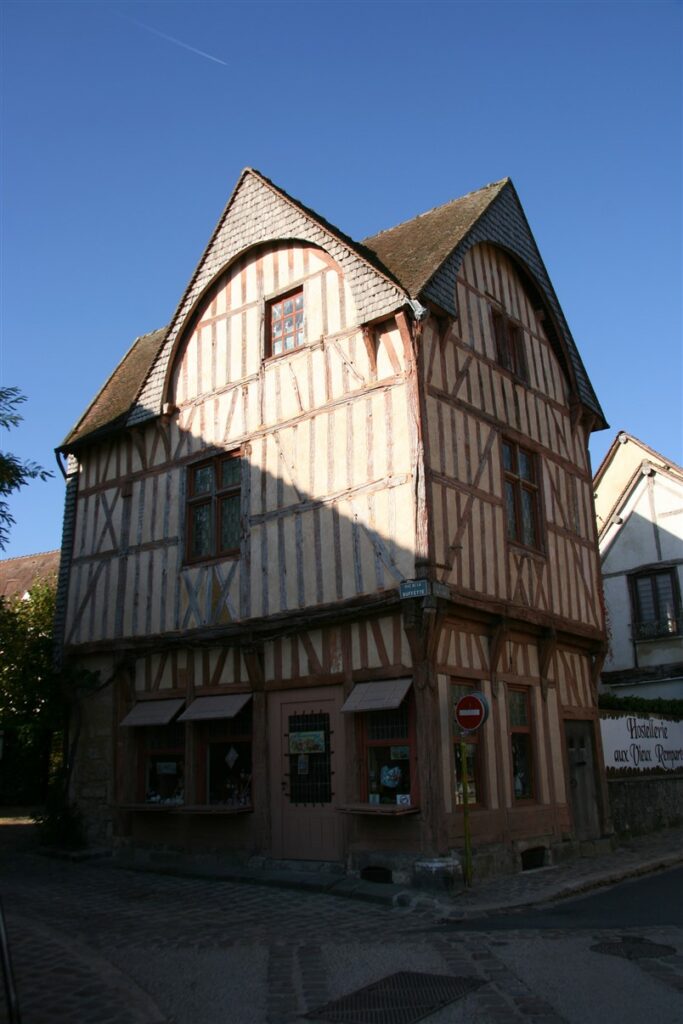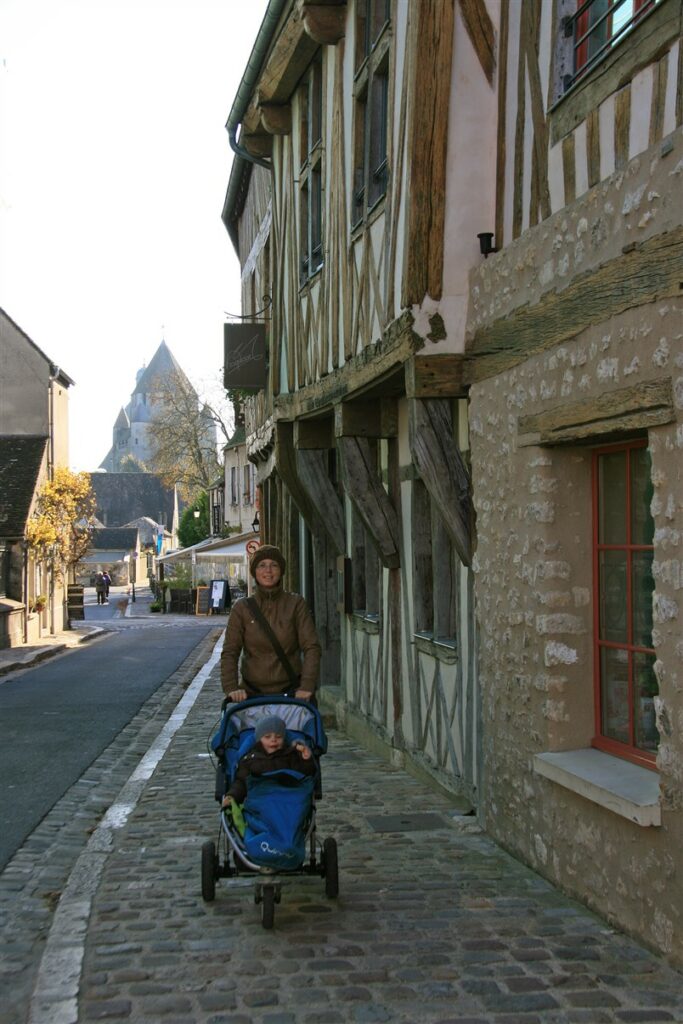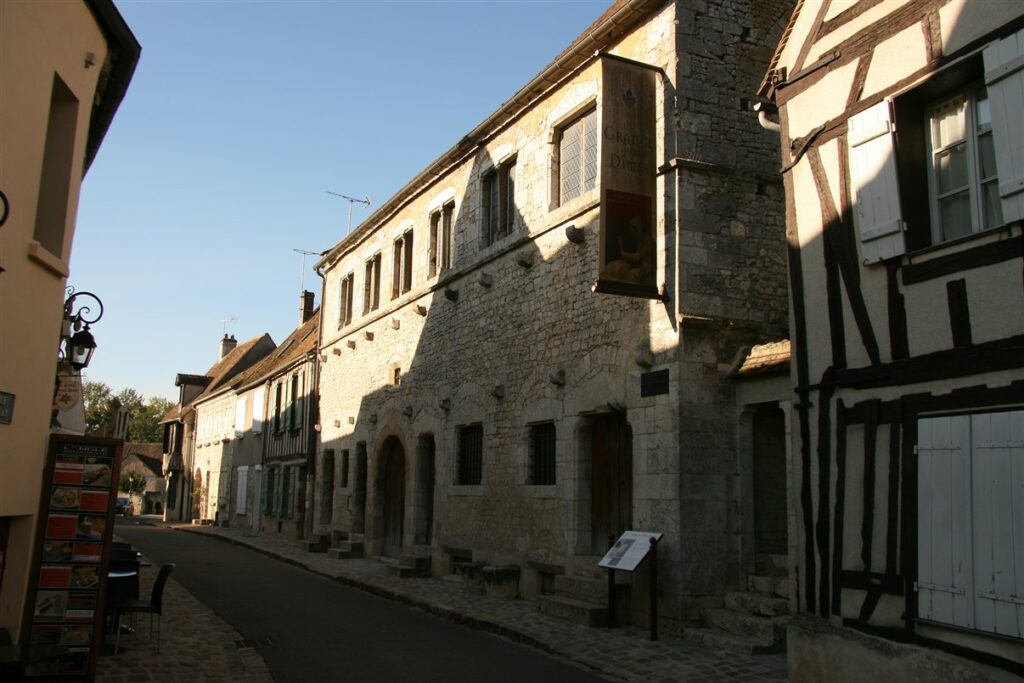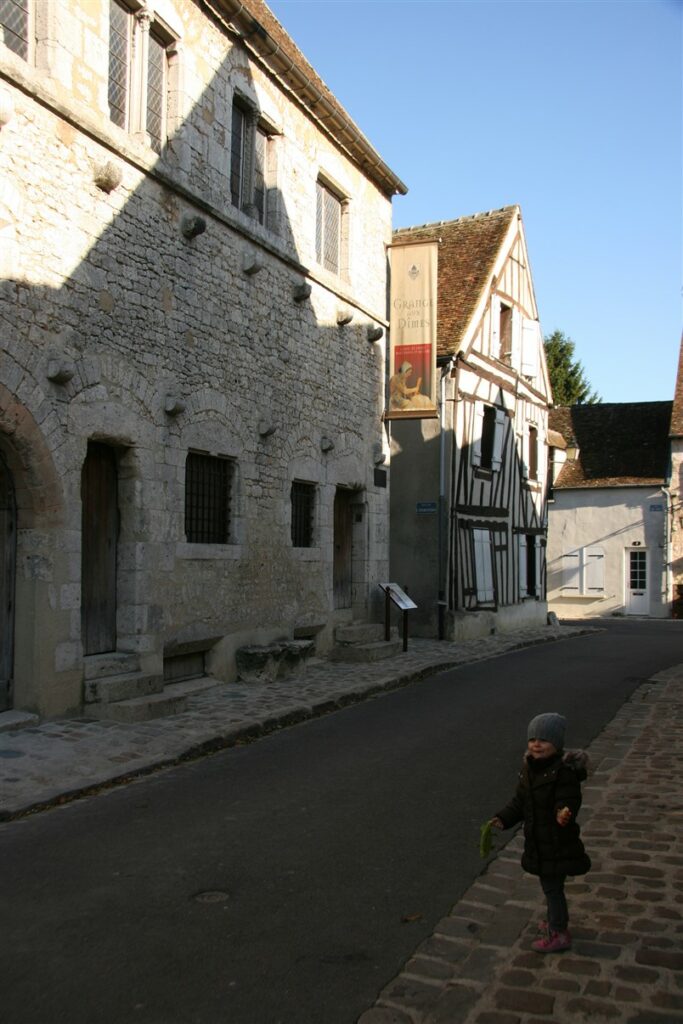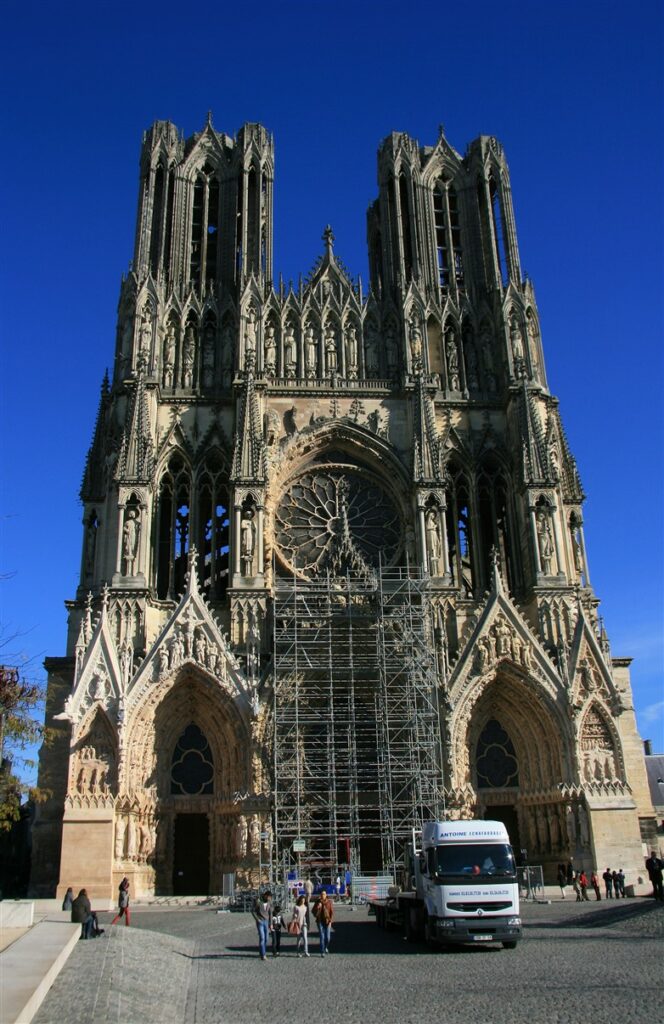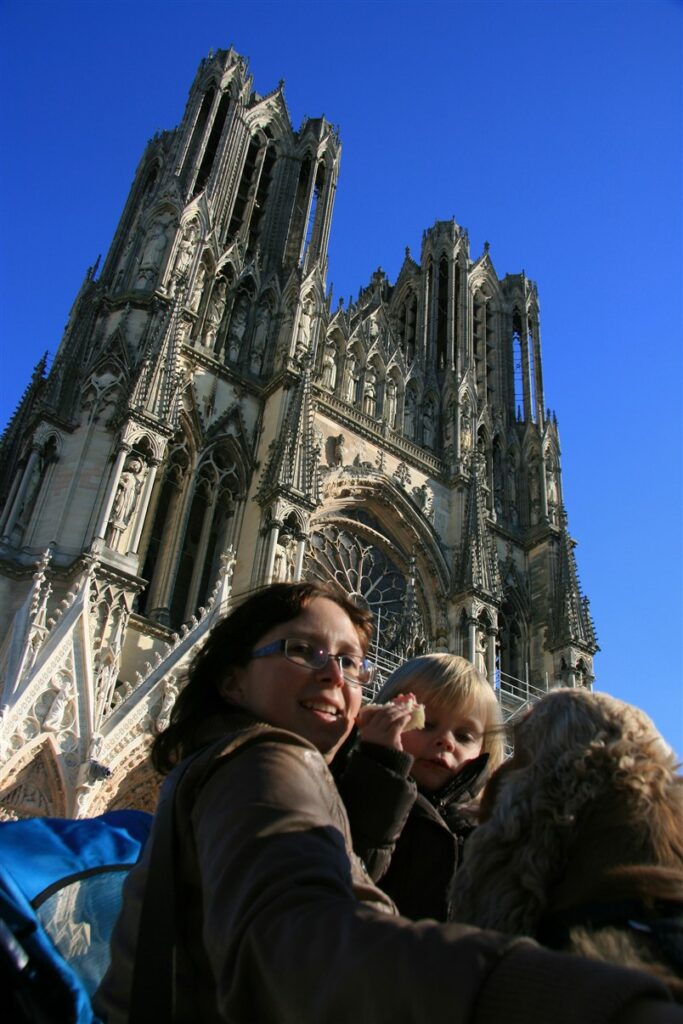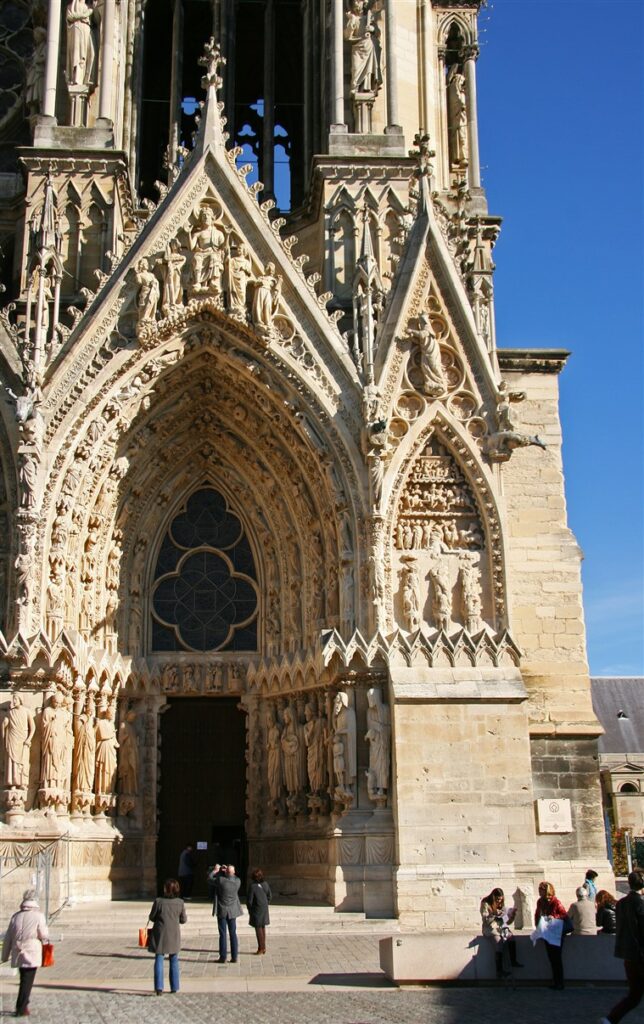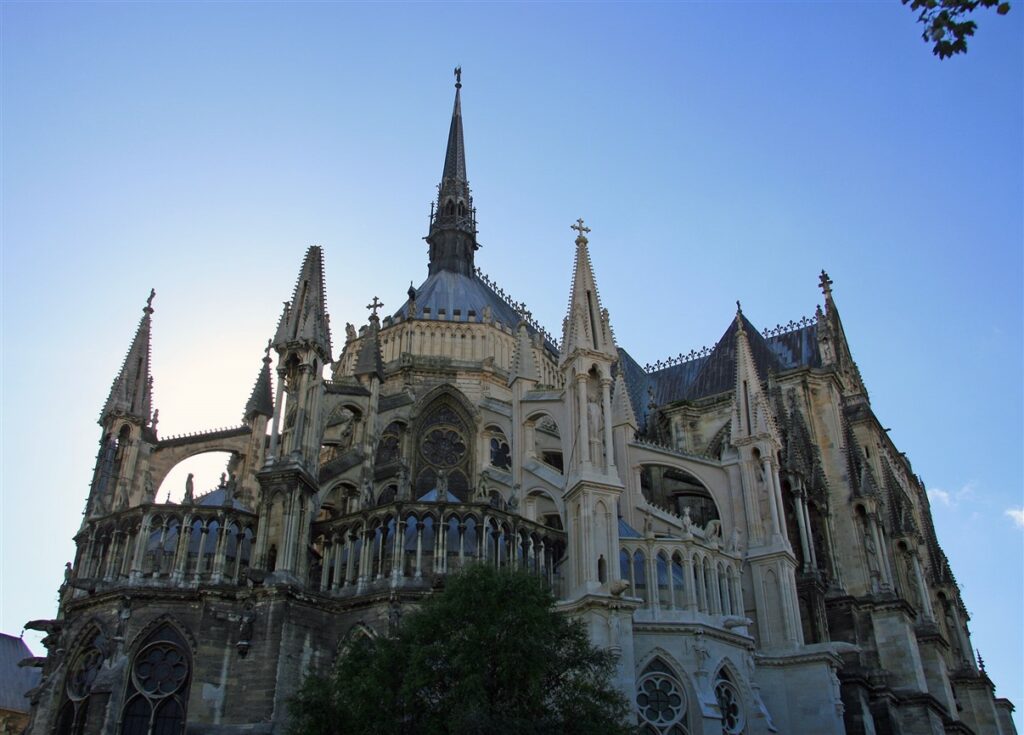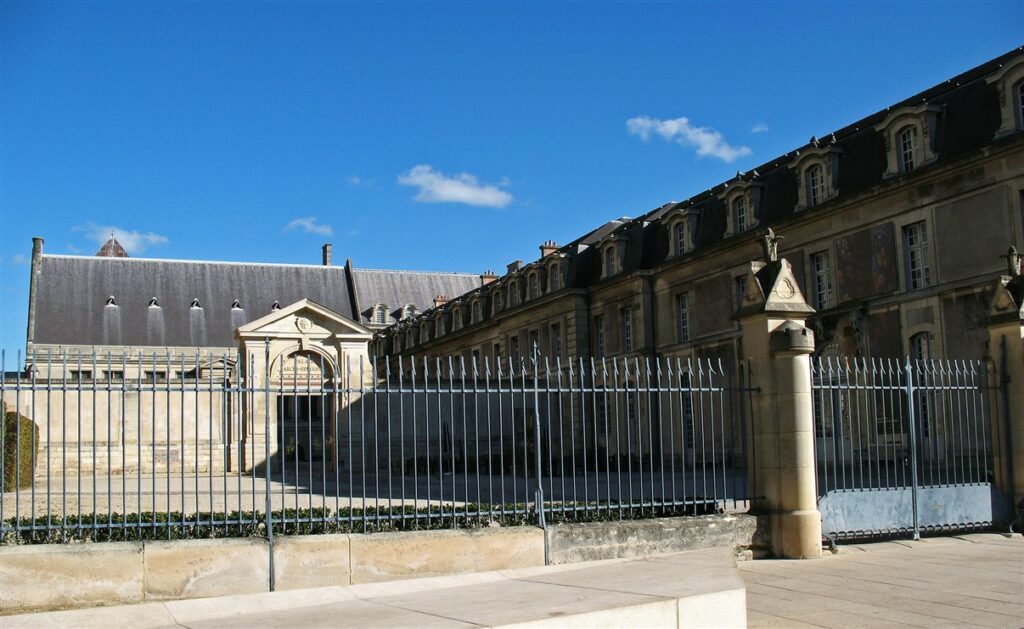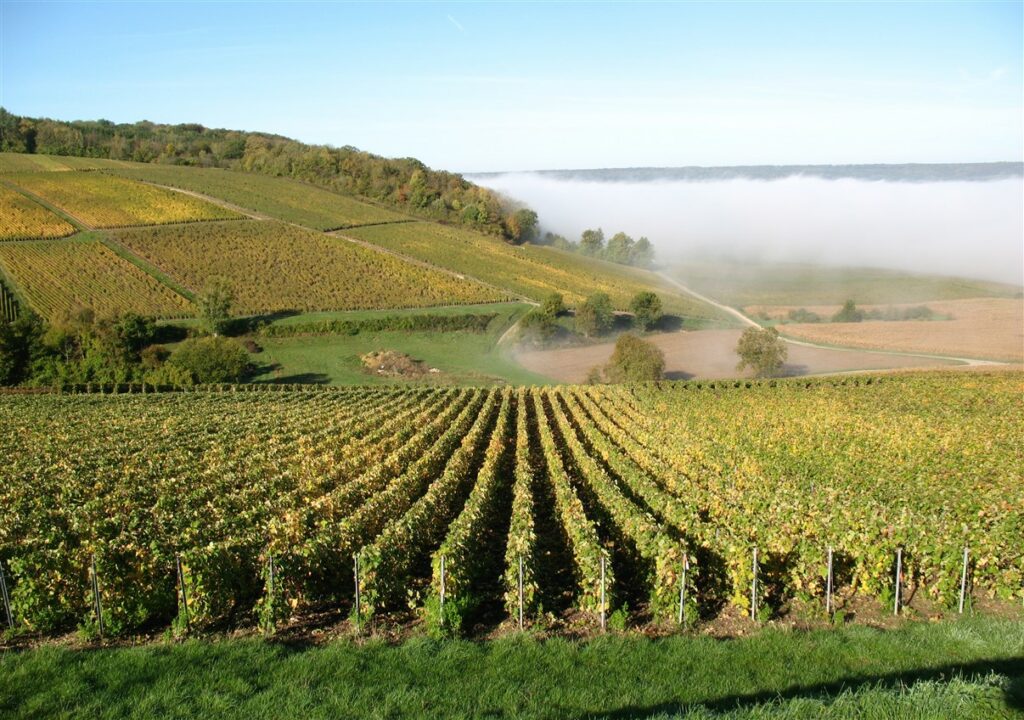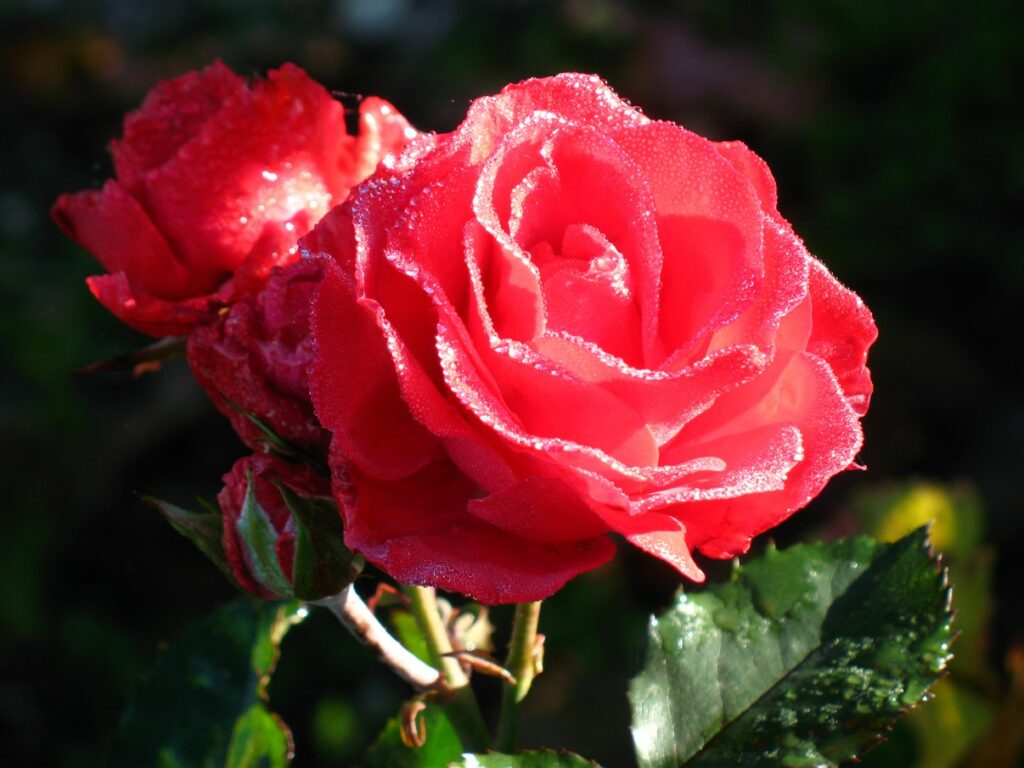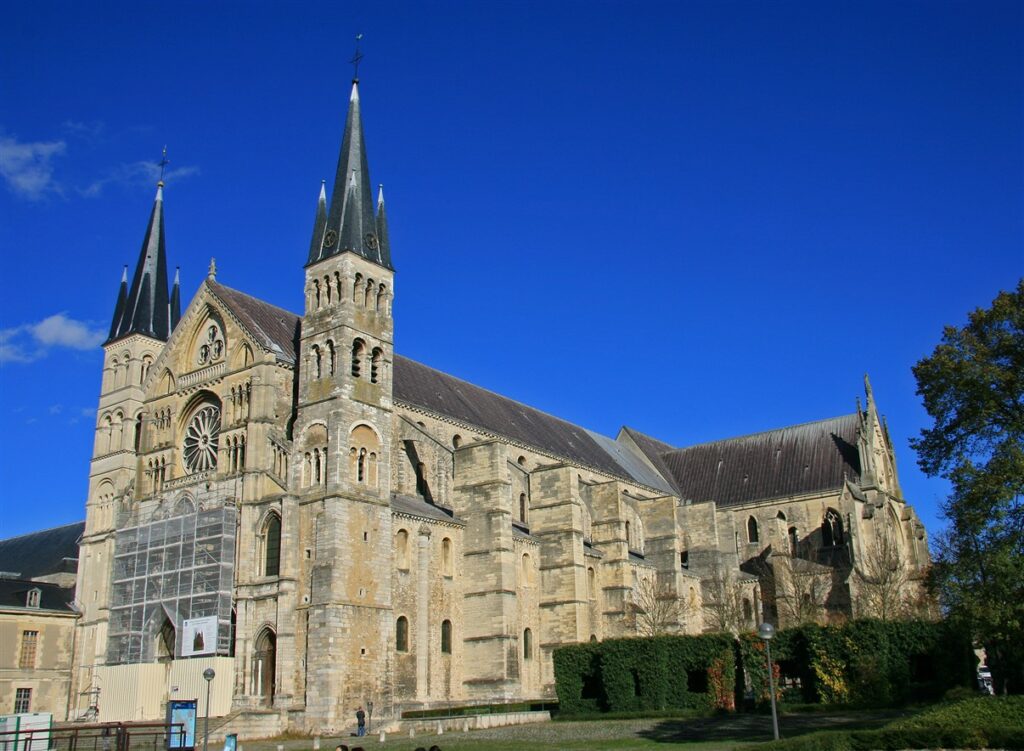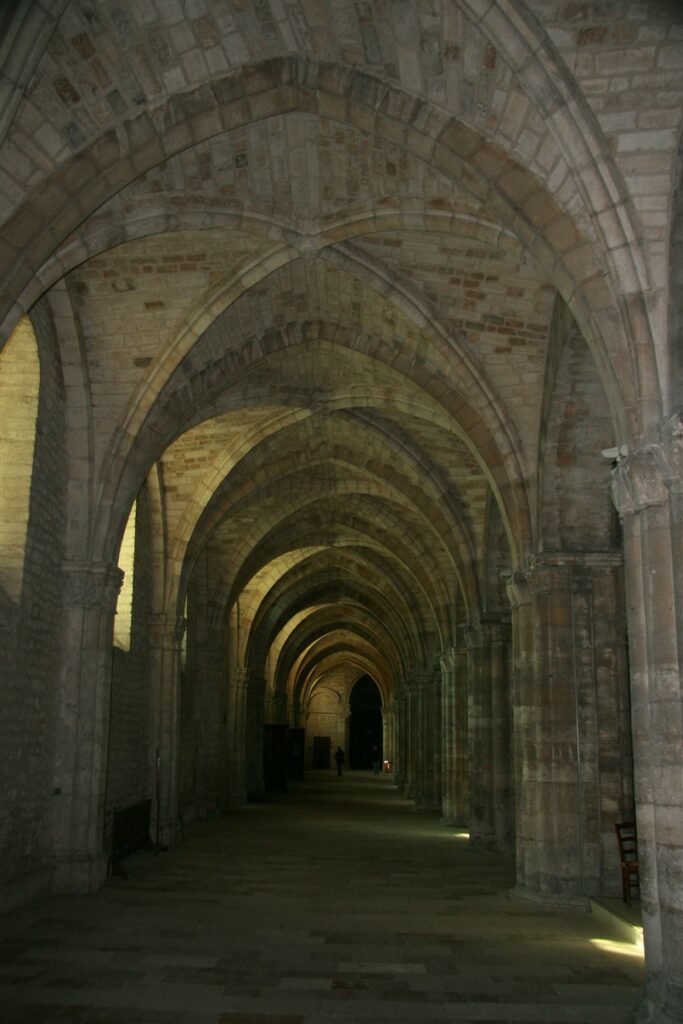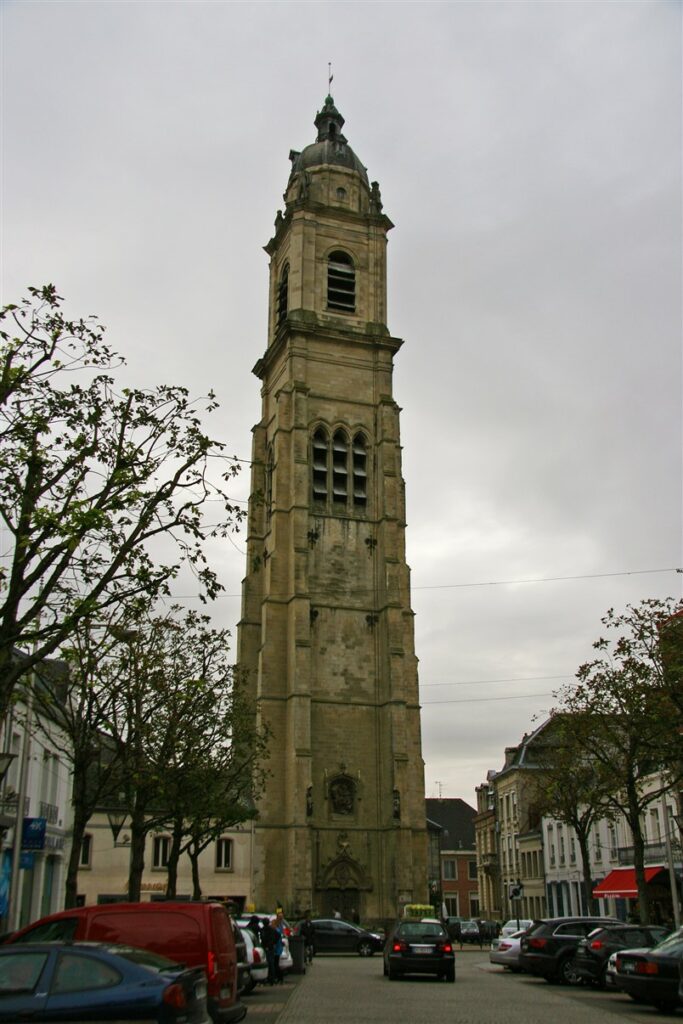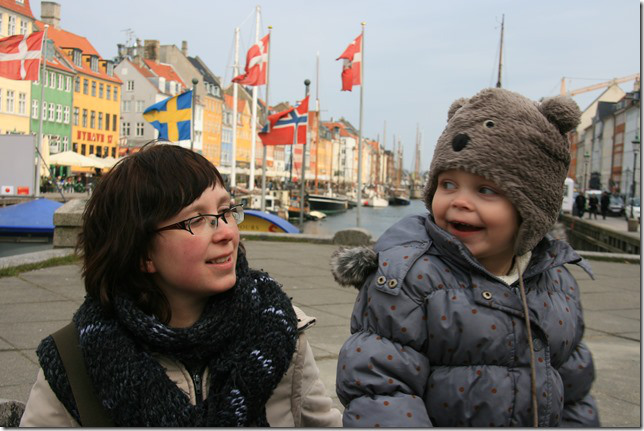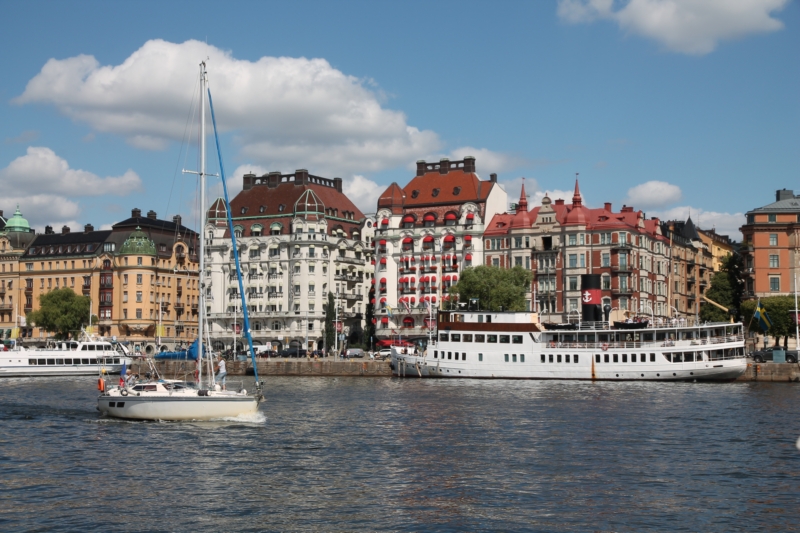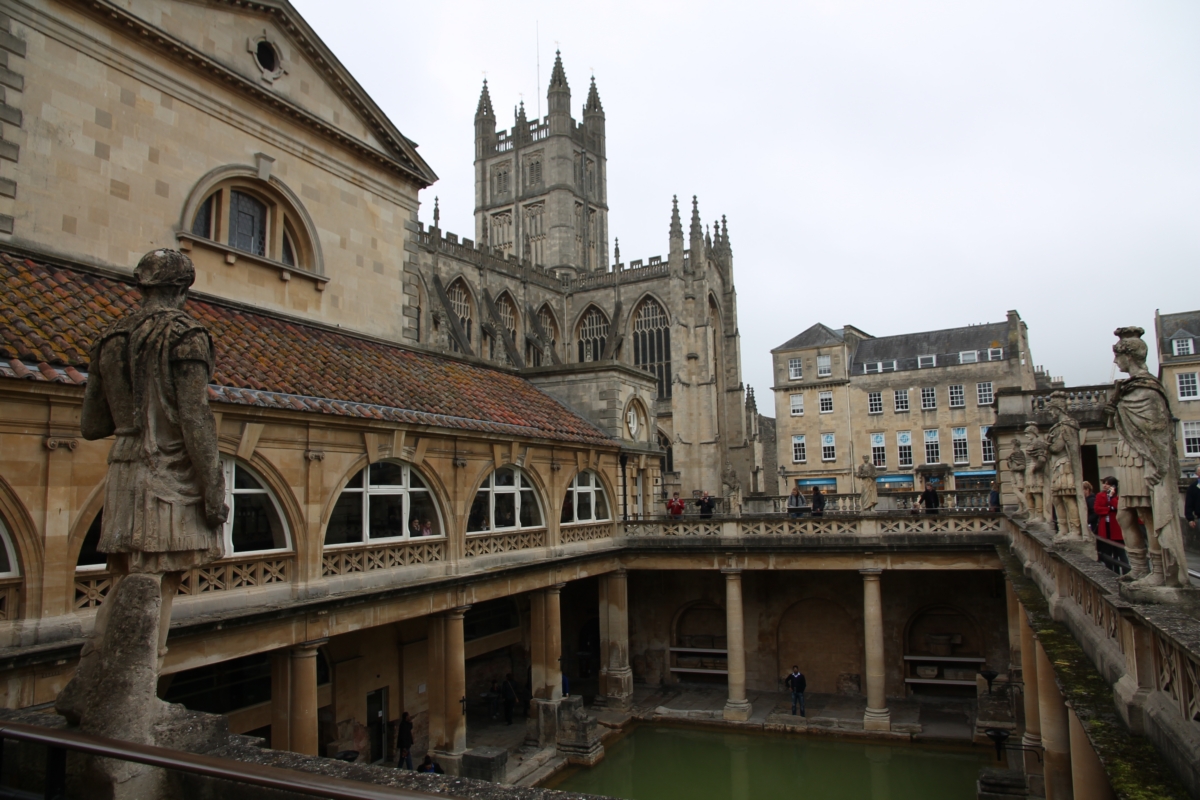The original name of our blog – ourworldheritage.be – resulted from an idea that came up back in 2010, when we both became inspired by a reference work about UNESCO world heritage sites around the world. Our aim at that time, to visit as much of these sites in our joint lifetime, has never been a true obsession, but in those early days of our discoveries it became a guideline nonetheless. We even made a few trips in Europe with the sole intention to visit a number of UNESCO world heritage sites situated in the same area.
In the fall of 2013, we made a short trip to the north of France in order to combine some much needed time off and a touch of culture. Since we live in Belgium, the north of France is just a few hours away by car. The places we visited, and our holiday home, were all situated around Paris, but we did not visit the capital on that occasion.
Our first stop after crossing the border was the city of Amiens, where we already encountered some world heritage of extraordinary proportions. Amiens Cathedral (Notre-Dame of Amiens), a gothic church built in the 13th century, is the largest cathedral in France (the height of the ceiling is 42,3m!) and one of the largest classic gothic churches of that century. The huge building is tightly embedded between the houses of the city center, which is situated near the river Somme. Because it was built in a short period of time (destroyed by fire and then reconstructed between 1220 and 1288, except for the towers), the style of this particular cathedral is very uniform and its building plan strikingly coherent. The facade, flanked by 2 huge towers (both without a spire) has three portals, richly decorated with statues. Above these portals, there’s a gallery with 22 large statues of the kings of Judah.
We loved the fact that you can see the sky through the arches of the towers (esp. the right one). The building is also not only impressive in its size, but also in its details: each statue in the portals seems to have its own personality and its own story. We were amazed by the level of detail and the numerous unexpected and “funny” extras: small devils and other monsters, small people peeping from underneath a statue’s feet etc. The interior is equally impressive (we really should have taken more pictures), with the verticality of it all emphasizing its height. Beautiful glass windows and delicately decorated sculptures make sure there is always something exciting to be seen.
Even though the cathedral is certainly Amiens’ cultural highlight (both literally and figuratively), it is not its only world heritage site. The 12th-century belfry of Amiens is one of the 23 French belfries which, together with 33 Belgian belfries, are inscribed as UNESCO’s 943rd world heritage property. Compared to most belfries we’ve visited (most of them in our home country of course), the one in Amiens is rather small and even cute in that sense.
In 2011, we took our daughter Febe on her first trip abroad. She had just turned 1 and we decided to go to the south of France with her. We did visit a number of places along the road. The first one was supposed to be the Cathedral of Chartres, but we never visited it that year. When we entered the city, we drove inside an underground parking and only when we were inside we realised that we had installed a box on our car’s roof. The box fitted literally a few millimetres underneath the ceiling of the underground parking lot. This stressed us out so much that we decided to get out of that place as fast as possible. And so we left Chartres without visiting the cathedral.
In 2013, however, it was time for our next try and this time we actually saw the cathedral in its full splendour. The Basilique Cathédrale Notre-Dame de Chartres was built in the 12th century and is known as a a reference for French gothic art: both architecture (incl. glass windows of the highest quality) and sculpture. It’s the most authentic and most complete remaining example of this style. Moreover, it is an important pilgrimage church, and a major stop on the pilgrimage route towards Santiago de Compostela (Spain).
We arrived at Chartres late in the afternoon. This time, though, we parked outside. By the time we could finally enter the cathedral, it was already quite dark outside and very dark inside, which provided for a very mystical atmosphere. The cathedral has a lovely square in front of it and with the last evening sun shining on it’s portals it made us feel quite relaxed, especially after the long drive up there.

Our holiday home was located in Savins, a small town not far from the fortified medieval city of Provins, which is important as the only remaining example of a great medieval fair town in the former territory of the counts of Champagne that has preserved its original architecture and urban layout. Situated on the crossroads of the route between Soissons and Troyes to the north and the route to Sens to the south, two important trading routes in the Gallo-Roman period, Provins was ideally located as a venue for great annual, international trading fairs. In this way, it became an important economical link between northern Europe and the Mediterranean. The design of this town was developed especially for these fairs. Already known since the 9th century, Provins was fortified between the 11th and 13th century, resulting in three sets of fortifications. The 12th century ramparts are still surrounding the Upper Town. This Upper Town is dominated by two 12th century buildings: a stone tower known as the Tour de César, and the Romanesque-Gothic church of Saint-Quiriace. The center of the Upper Town is the old market square, surrounded by houses that developed in relation to the trading fairs (incl. underground, vaulted storage spaces).
We actually came across the city of Provins both in our UNESCO reference book ànd on the internet somewhere in 2012, and since we do love medieval places, we immediately knew it was a town we would love to stroll through. Surrounded by thick walls, the upper town of Provins is a combination of cosy streets, beautiful squares and impressive buildings. We loved each aspect of it: the heavy climb to reach the historic center, the delicious Breton pancakes filled with cheese and ham which we had for lunch on the Place du Châtel, the robust ramparts, the eyecatching Tour de César, the lovely shops… We bought some rose essence (a flavour to add to white wine or sparkling wine) and soap with rose petals in it. Rose products are typical for this region! The hilly surroundings also make for beautiful views.
Our last stop in the area was the famous city of Reims, situated to the northeast of Paris. This is the very heart of the champagne region. Three buildings comprise the UNESCO-inscribed world heritage property: the Cathedral of Notre-Dame, the former abbey of Saint-Rémi and the Palace of Tau, all from the 12th-13th century. These buildings played an important historical role in the coronation ceremony of the French monarchy, which took place in Reims since this period. The central figure here is the 5th-6th century archbishop St.-Rémi, who baptized Clovis and instituted the consecration of French kings. He is buried in the former Benedictine abbey of Saint-Rémi. The coronation itself took place in the impressive cathedral of Notre-Dame. With its construction also came the introduction of new architectural techniques and the harmonious integration of sculptural decoration of a monumental character. Sculptures take up an important place in this cathedral, even more so than in Amiens or Chartres. To ensure a maximum of light penetration into the cathedral’s interior, the architects focused on greater lightness of the structural elements and a higher number of stained glass windows. In this way, the cathedral became a masterpiece of gothic art (together with the cathedrals of Amiens and Chartres) and an example and influence for later architecture.
The Palais de Tau is the former archiepiscopal palace of archbishop Saint-Rémi. It was rebuilt in the 17th century but still contains some original elements. The banquet following the coronation ceremony was always held here.
We stopped in Reims on the way back from our short trip. We had just driven through the most magical early morning landscape with misty valleys in between hills covered in wine fields.
Arriving in Reims, we were immediately impressed by the huge and delicately decorated exterior of the cathedral. The interior, however, was much more sober than we expected from the church that has seen the crowning of all the French monarchs. And the same is true for the former abbey of Saint-Rémi: pretty amazing on the outside, but rather dull on the inside.
On our way back, we made a final stop in Cambrai, another city with a world heritage belfry. Since the day was cloudy and grey, this slender tower didn’t really leave a long-lasting impression…
In a later blog post about this same trip, we will take you to two world heritage sites that are much more famous: the castles of Versailles and Fontainebleau.



